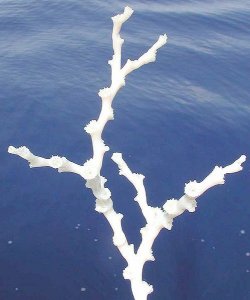
In the theory of plate tectonics, the earth’s surface is broken into several distinct plates which move about, carrying the continents with them. As a result, a fixed location on the planet is not really stationary. It is actually moving along the earth! We don’t notice the motion, of course, because it is happening very slowly. However, according to the theory, it is always happening. If scientists make certain assumptions about how this motion occurred in the past, they can conclude that at one time, all the continents on earth were grouped together in a supercontinent called Pangaea. Over time, the motion of the plates then separated the continents into the positions we see today.
If you assume that the plate motions we think are happening today are representative of how fast the plates have always moved, you find that it would take hundreds of millions of years for the continents to have moved from Pangaea to where they are today. However, many young-earth creationists think that plate motions were much faster during the worldwide Flood, and some have produced detailed computer models that attempt to explain how the Flood happened in the context of this catastrophic plate tectonics. Other young-earth creationists are skeptical about plate tectonics, claiming that there isn’t a lot of evidence to support it.
I tend to disagree with the young-earth creationists who are skeptical about plate tectonics. While I am definitely not a geologist or geophysicist, I do think there is a lot of indirect evidence to indicate that the plates are real and that they are really moving. Interestingly enough, I recently ran across an article by Dr. John Baumgardner that, in my mind, really clinches the case for the reality of plate tectonics.1 Not only that, the data used in the article are just plain cool!






